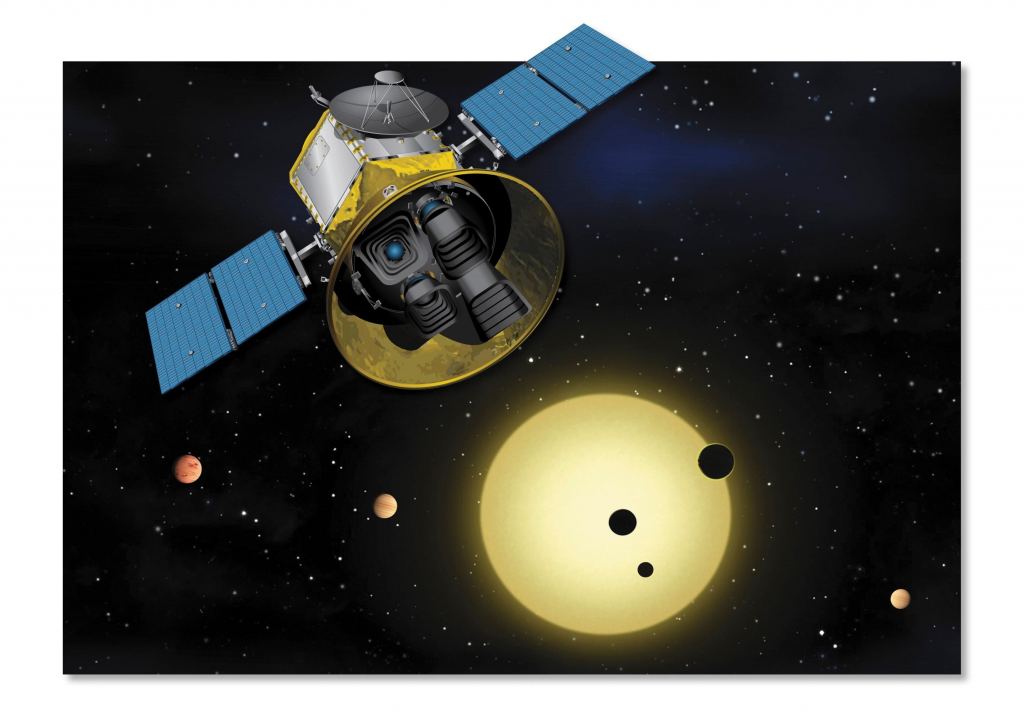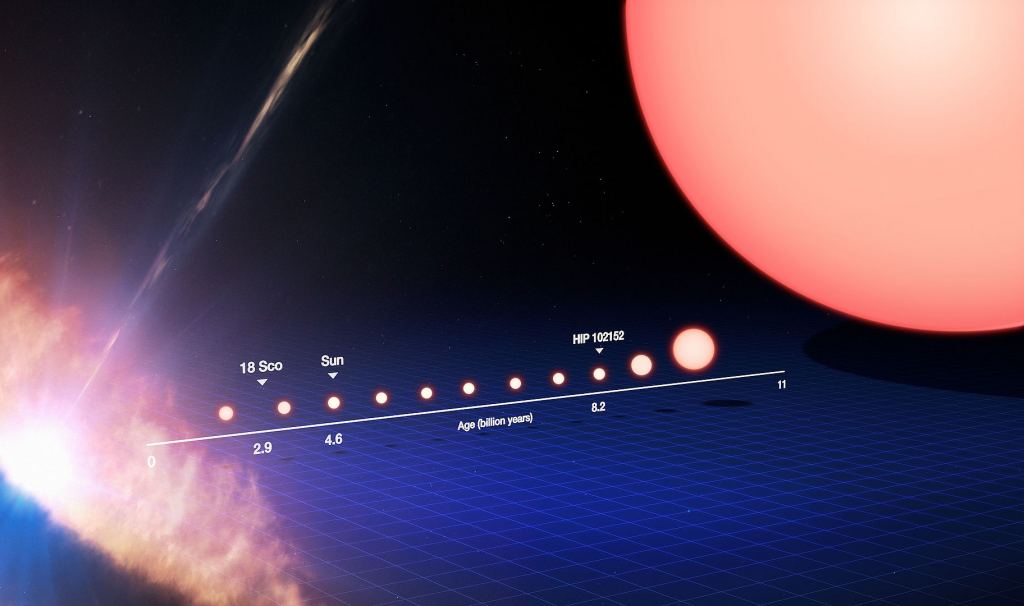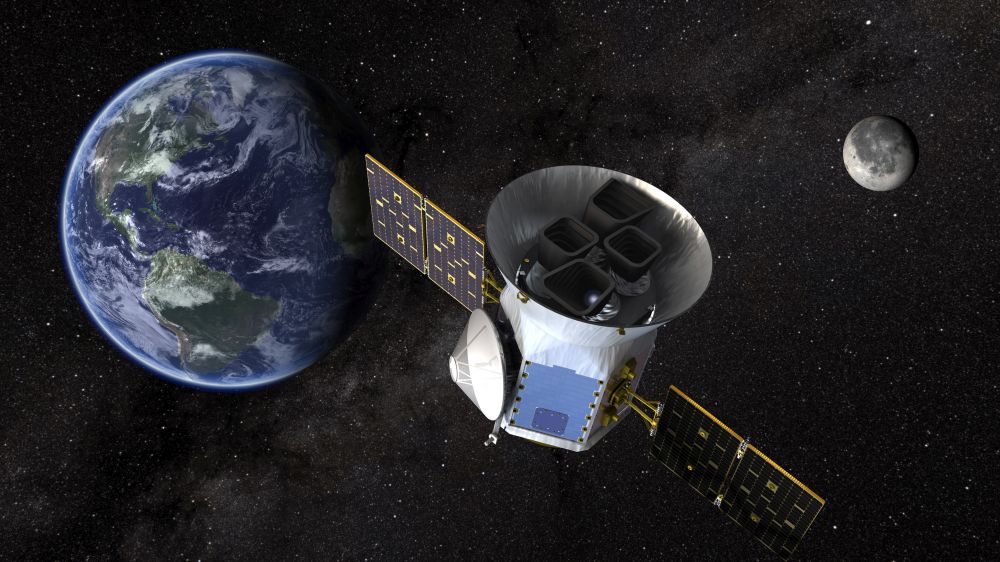Astronomers working with TESS (Transiting Exoplanet Survey Satellite) data have found a planet where it shouldn’t be: in the space recently filled by its host star when it was a red giant.
TESS uses Asteroseismology to examine stars. It measures the tiny oscillations in a star that gives clues to its interior structure. These clues are hidden from other types of observations, like brightness and surface temperature. In a new published study, the authors examined two red-giant stars: HD 212771 and HD 203949. These are the first asteroseismology studies of stars that are known to host planets.
The title of the paper is “TESS Asteroseismology of the known red-giant host stars HD 212771 and 203949.” The lead author of the paper is Tiago Campante, from the University of Porto, Portugal. In a press release, Campante explained how TESS’s power helped the authors study these stars: “TESS observations are precise enough to allow measuring the gentle pulsations at the surfaces of stars. These two fairly evolved stars also host planets, providing the ideal test-bed for studies of the evolution of planetary systems.”
“This study is a perfect demonstration of how stellar and exoplanetary astrophysics are linked together.”
Co-author Vardan Adibekyan, University of Porto
Though asteroseismology is about understanding stars, it also helps astronomers exoplanets. In their paper the authors say, “… asteroseismology is having a profound impact on modern astrophysics, notably on the field of exoplanetary science. Characterization of exoplanet-host stars via asteroseismology allows for unmatched precision in the absolute properties of their planets.

In their study, the scientists measured the size, mass, and age of the two stars using asteroseismology. Then they focused on HD 203949 to determine its evolutionary state. They found that an exoplanet orbiting the star is in a strange position. HD 203949 had left its red giant phase behind, but the planet, called HD 203949 b, was occupying an orbit that would have been engulfed during the star’s red giant phase.
The team thinks that rather than survive being engulfed by the star’s expanded envelope, the exoplanet was drawn closer to the star by tidal interactions, after the red giant phase was finished.
Dr Dimitri Veras from the University of Warwick’s Department of Physics is one of the co-authors. Dr. Veras said, “We determined how this planet could have reached its current location, and to do so whether or not the planet had to survive engulfment within the stellar envelope of the red giant star. The work sheds new light on the survivability of planets when their parent stars begin to die, and might even reveal new aspects of tidal physics.”

It seems like a contradiction. According to our understanding of the evolutionary state of the star, it should have engulfed and destroyed any planets this close. The planet is a gas giant about 8 times more massive than Jupiter. That’s a huge planet, but that doesn’t matter. When a star expands in its red giant phase, it quickly destroys any planets caught up in that expansion. But yet, the planet is there, meaning something else is going on.
Vardan Adibekyan, also from the University of Porto, is a co-author of the paper. Adibekyan said, “This study is a perfect demonstration of how stellar and exoplanetary astrophysics are linked together. Stellar analysis seems to suggest that the star is too evolved to still host a planet at such a ‘short’ orbital distance, while from the exoplanet analysis we know that the planet is there!”
In other solar systems we see gas giants very close to their stars. They’re called “Hot Jupiters” and it’s thought that there’s no way they could have formed there. The solar wind and radiation from the star would’ve prevented the gas from coalescing in that location and forming a planet. Over the life of a solar system, these gas giants migrate through the solar system, sometimes orbiting closer to their star, sometimes further. That’s what likely happened in our own Solar System with Jupiter, and it’s also likely what happened with HD 203949 and HD 203949 b.
But there’s a lot scientists don’t know about how that process plays out and what drives it. It’s a bit of a dilemma.
“The solution to this scientific dilemma is hidden in the ‘simple fact’ that stars and their planets not only form but also evolve together. In this particular case, the planet managed to avoid engulfment,” said Adibekyan.
More:
- Press Release: Revealed: exoplanet’s ‘improbable’ survival
- Research Paper: TESS Asteroseismology of the Known Red-giant Host Stars HD 212771 and HD 203949

